10 types of photographs every photographer should take
Whether you are building a professional photography portfolio, crafting a photo book for family, or simply pursuing a passion, some shots are simply compulsory. Here are 10 types of photographs that every photographer should learn how to make.
1. The self-portrait
My very first assignment at photography school was to make a self-portrait. I was not happy. In my opinion, this type of photography was a huge waste of time. I wanted to photograph action, news, and journalism, not myself. What I didn’t realize was how difficult self-portraits actually are and what they mean when they are done well.
A self-portrait is a portrait of your soul. Not in a mystical sense but in a true-to-nature sense. Who are you really, and how do you sum that up in a fraction of a second? I fumbled along and made two epically bad photographs for my assignment, never really slowing down long enough to consider the meaning behind them. Then I saw a few examples by photographers far more skilled than I, and I understood. With patience, practice, and a lot of contemplative thought, someone could truly capture the nature of themselves.
“A self-portrait is a portrait of your soul.”
2. The portrait
The second type of photograph to consider is the portrait. Making portraits is a must-have photographic ability, and it’s a lot of fun. So, grab a friend, a family member, or someone you know and love, and make a real portrait. Test your knowledge of your craft by thinking about light, lens, camera angle, and crop. You might also need to think about how you are going to put your subject at ease.
3. The stranger
Take point number two and repeat the same shot with a total stranger. This is where real photography begins. Approaching a total stranger and asking if you can photograph them is often an uncomfortable, sometimes terrifying, endeavor for many people, but for photographers, it comes with the territory. You’ll need to prepare for rejection. It will happen, and it never feels good, but you just have to swallow it and move on. The more you practice this photo type, the easier it will become.
4. The landscape
If you’re shooting landscape photography, remember it doesn’t have to be a far-flung location. It could be an urban landscape, a city park, an empty field, or anywhere! The goal of this type of photography is to try to make an image that reflects what it feels like to see a particular landscape. How does it feel to stand on the edge of the Grand Canyon? Or a Walmart parking lot?
“Make an image that reflects what it feels like to see a particular landscape.”
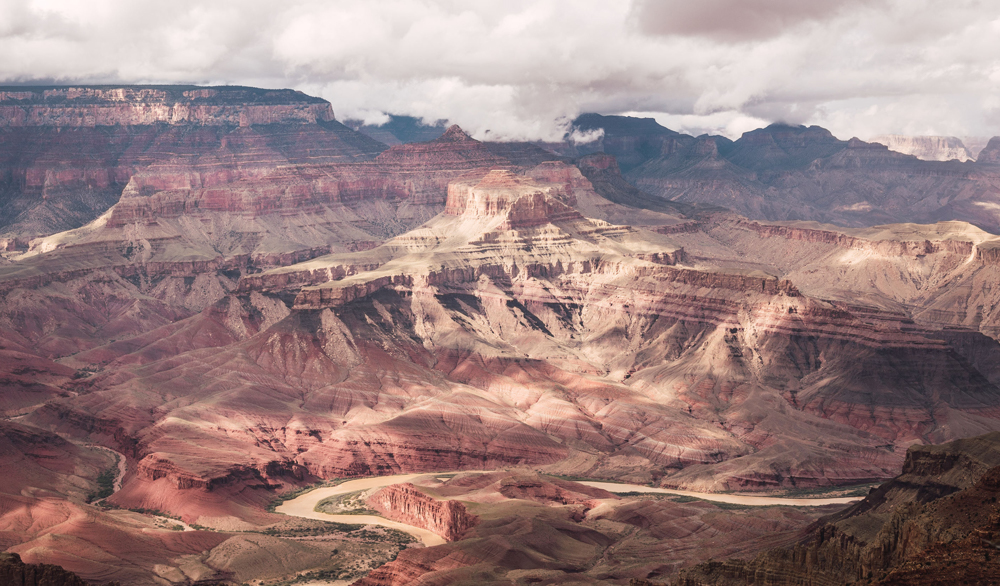
5. The time exposure
Having this type of photography technique at your fingertips is invaluable. Most people think time exposures are for waterfalls or star trails, etc., and that’s true, but you can also do time exposures in urban environments and locations packed with people.
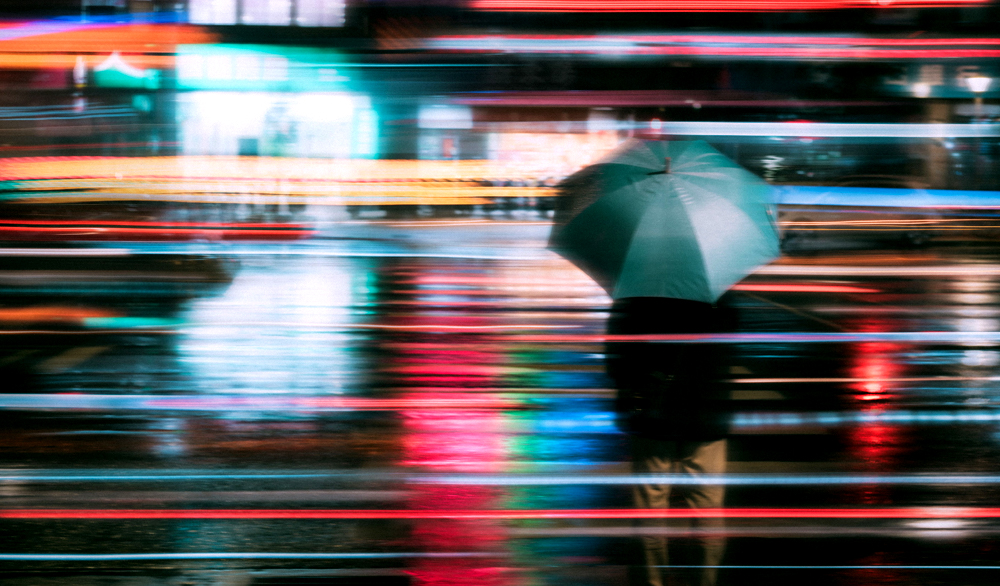
6. The action shot
Shooting a peak action moment, a specific type of photography, is more difficult than it looks. The idea of freezing real-life moments was what ushered in the 35mm revolution, to begin with. Modern cameras have shutter speeds of up to 8000th of a second. Why not test out what this kind of speed can do for you? Try photographing a sporting event, falling rain, a car race, surfing, or your parents practicing aikido. Anything with fast movement!
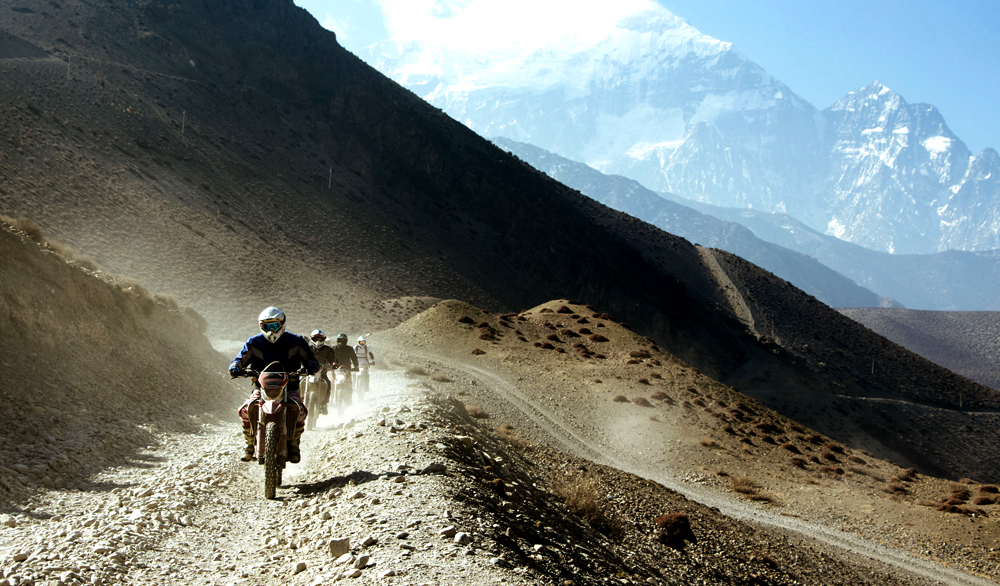
7. The multiple exposure
Most cameras have a strange-looking double rectangle setting that many of us never use. Well, now it’s time to use it. The multiple exposure technique is a unique type of photography that records multiple images onto one piece of film or one digital file. You can use a tripod for extra stability, or you could do what I do and handhold your multiple exposures, allowing for the chance to play a part.
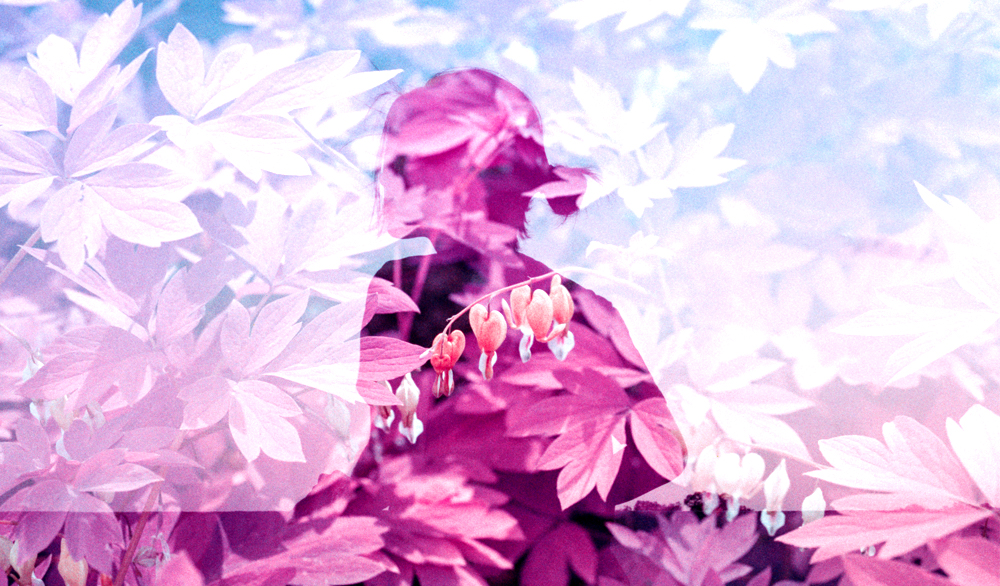
8. The layered wide-angle image
The vast majority of photographers working today use some version of a wide-angle lens, in many cases, as their primary lens. The 17-35mm or the 24-105, the 20mm, 24mm, 28mm, or even 35mm.
Many people think the only reason to use a wide-angle lens for this type of photography is to take in a wide-angle view, but this is only partially true. Yes, a wide-angle lens gives you a wide-angle view, but it can also give you so much more. One of the best uses of a wide-angle lens is to build depth in an image. You do this by staying at the same level as your subject and then attempting to “layer up” the image by capturing a strong foreground, mid-ground, and background all at the exact same time. If done correctly, this technique gives a sense of dimension unlike any other.
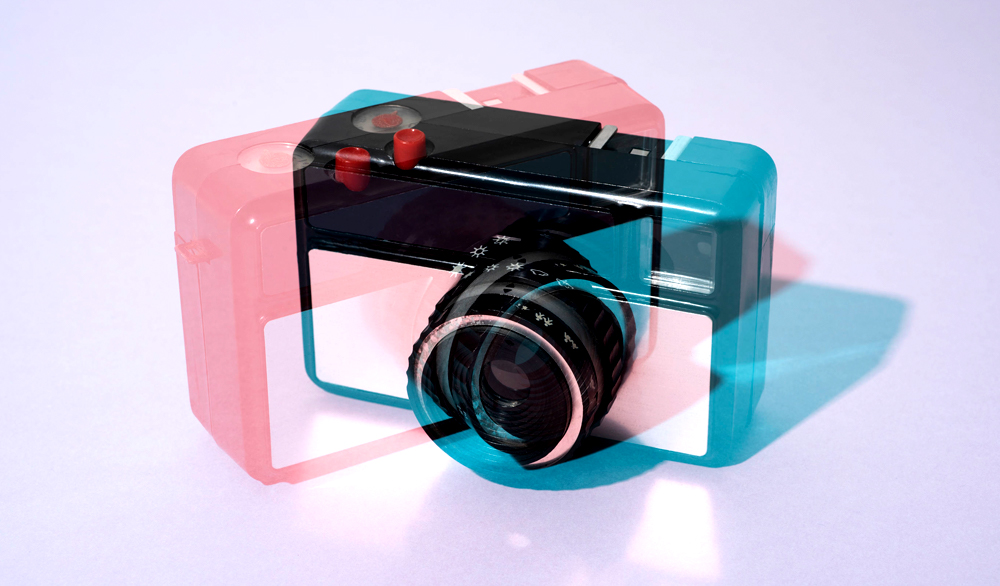
9. The close-up or detail
Even if you don’t own a macro lens, this type of photography technique and style of image is one you should know and be comfortable with. Detail images are often fun, easy, and can really help you tie a story together or get started on those days when you have trouble making solid images.
“Close-up detail images can really help you tie a story together.”
Good close-ups could include faces, hands, toes, textures, colors, walls, or anything else that allows you to get up close and personal. These photo types tend to be simple and graphic, two ingredients that describe many of the best book covers.
10. The panning shot
Adding a sense of drama and motion to a static image is one of the best photography tricks you can learn. Start by trying a panning image. Slow down your shutter speed and then focus on a moving object. Try to pan your camera at the same speed as the subject. If done correctly, the subject will be tack sharp, and the rest of the frame will be blurry. Expect to have many close calls or slightly out-of-focus images, but keep practicing, and you’ll refine your photography technique.
Which of these 10 types of photographs have you already mastered? Which will you try next? Let us know in the comments below.
***
Turn your best photos into a photo book. Choose from six book sizes, three cover types, and six paper options, including layflat. Get started today.

